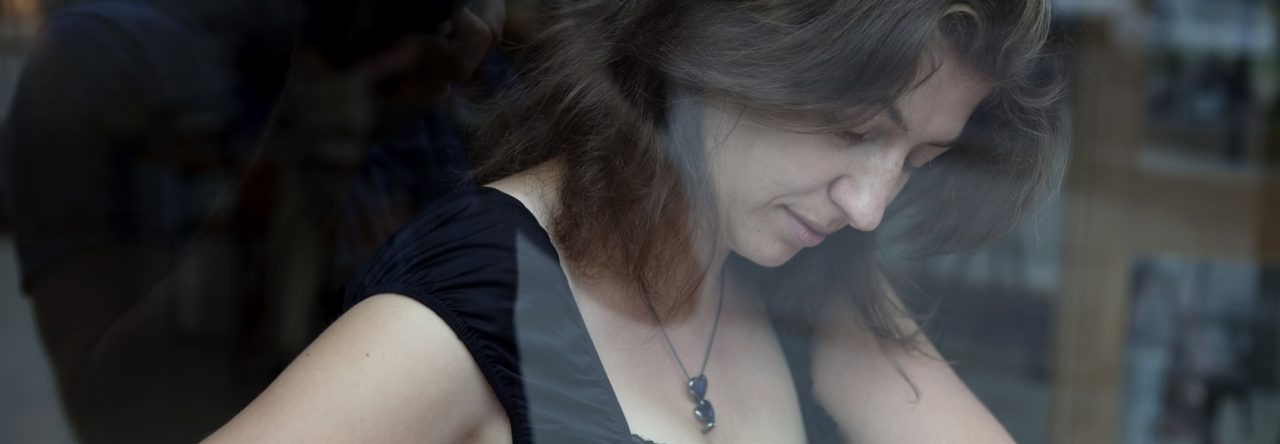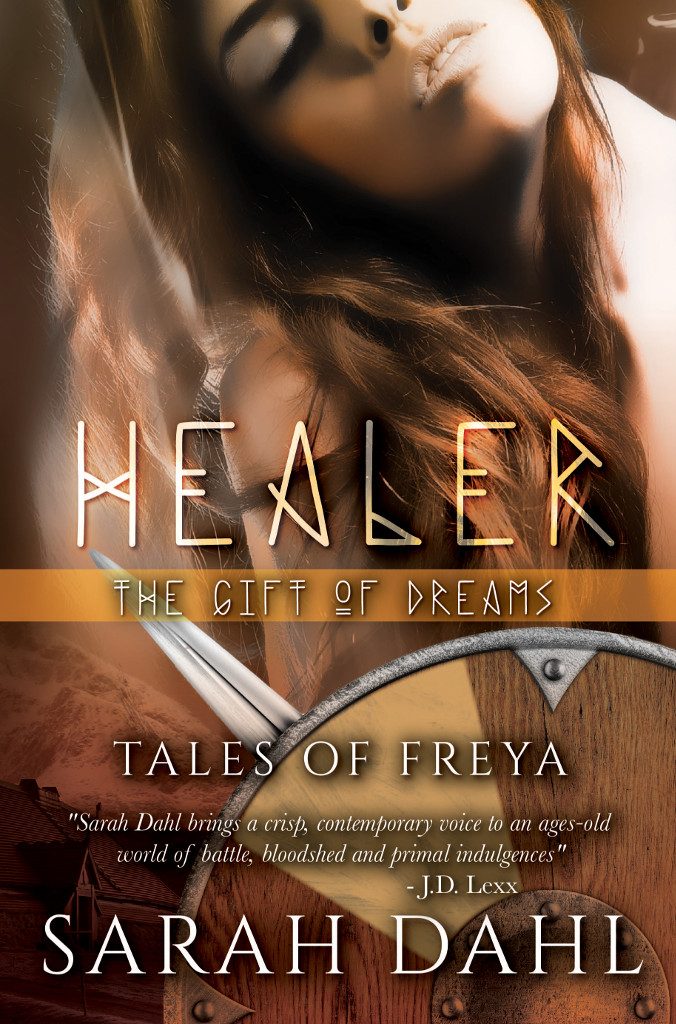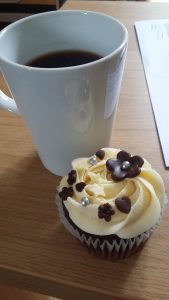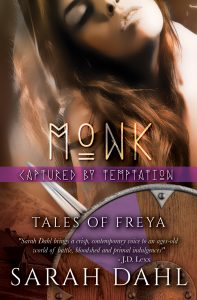I’m delighted to welcome Sarah Dahl to my blog today to give us inside information on how she approaches her research.
Over to you Sara…
How research into a tricky topic creates magic on the page: Viking healing taken a step further
“Healer – The Gift of Dreams” is the fifth Tale in the Tales of Freya collection of sensual short stories.
Viking farmer Magnus is plagued by a demon. Since his wife’s death, the dreaded Mara tortures his body and mind. Powerless, he sends for a healer, the unexpectedly young and beautiful Audr … Are her sensual powers and his unleashed virility enough to banish the demon from his bed?
My heroes: the “simple” people
The Tales of Freya are set in the Viking age, and therefore require a lot of research into the period. I’m quite firm when it comes to the historical aspects of daily life and how people lived together then. The big politics and power play bore me. I don’t write kings and queens – my heroes are healers and housewives, warriors and monks. In every Tale I zoom into the lives of “simple people” and their desires and hopes, then give the stories a sensual and erotic twist. In the end, my characters are changed and set on a new path, which doesn’t always have to be a simple Happy Ever After.
Is there an authenticity of emotions?
Authenticity is key. I have trusted Viking age experts and re-enactors at hand to make sure the details are historically correct and events could have happened the way I write them. Even more important and harder to agree on is the psychological aspect, though: What and how did these people probably feel about certain things? What were their morals, expectations, rules of living together? What was their world view? Over time, I became more certain about what makes believable characters here. Luckily, my readers love the stories’ in-depth exploration of emotions and passions just as much as the authenticity to the period. But there is one very central aspect that so far I only touched lightly: Their spiritual world views and thinking.
Embracing the Vikings’ spiritual lives – finally
Because religion and beliefs are a very delicate and hard-to-grasp subject for today’s people (me included), I so far shied away from including too much spirituality in my stories. Yes, gifts to the spirits and gods were common and pagan rituals central to their lives, but: I didn’t want to overload my short stories with too much side-baggage and completely focus on the central plot line. And I admit to some reluctance to interpret too deeply what little we know today of the Viking spiritual lives. But then: as a self-respecting author setting her stories in the Viking age, I couldn’t avoid the topic forever. I didn’t expect it to be central to a sensual short story, though. Until I read a research piece that surprised me.
Sensuality in healing?
In one text about Viking spirituality the author hinted that, in contrast to our modern religions and healing, Viking healing rituals might very well have included sensual aspects. That of course made me listen up. Sensuality for healing? A hands-on and personal ritual that wasn’t only comforting and physically and mentally healing – but which included sexual aspects? Unfortunately, we don’t know much more. My experts were at a loss, too. Sources are just too scarce to judge. It was just a side note.
Daring to interpret and make it my own
The topic simmered in my writer’s brain, and I came up with the idea of a female healer (most were then female) and how she could create magic … to heal a desperate young man. Born was the story of the devastated Magnus, who, after the loss of his wife and child, is mentally and physically unable to go on with life. He calls for a healer, and instead of the old woman he expected he and the readers are surprised by young and attractive Audr. She sets to work with him, in a sensual ritual that includes his body and mind. But are her powers stronger than his demons? When she is gone, he finds that the greatest gift was always right in front of him …
Research reading as source for inspiration
The inspiration for this story came, as often, from reading a research piece, and thinking it further, wondering what the historical findings said about the people’s lives in that era. The research I had to do for Audr’s healing rituals was great fun, but I had to flesh out and interpret a lot. Sources are thinly spread and much is tinted by today’s views on the world. Which in turn also means a lot of writing freedom. I created a very personal and intimate ritual for Magnus, and something ignites between him and his healer that goes beyond what I imagine would be Audr’s approach with other patients. Audr’s spell is just too strong …
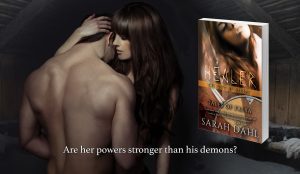
Author bio:
Sarah Dahl lives on the edge of the rural German Eifel and writes historical fiction (novels and short stories) primarily set in the Viking age. She also works as an editor, translates, and coaches new writers in German and English. She is interested in everyday life in bygone centuries and the human stories that may have occurred behind the hard, historical facts. Her author page is: sarah-dahl.com
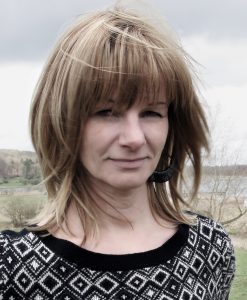
Links: mybook.to/HealerSarahDahl
Amazon.com: https://www.amazon.com/dp/B07BVWD3YD
Amazon.co.uk: https://www.amazon.co.uk/gp/product/B07BVWD3YD
Author page: sarah-dahl.com/books
***
Many thanks Sarah; great stuff.
Happy reading everyone,
Jenny x
